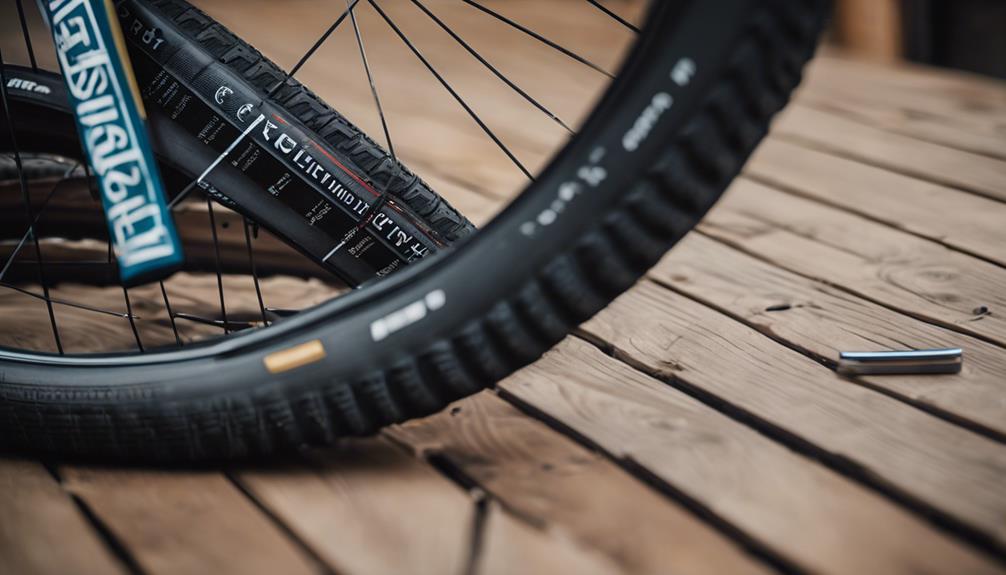Biking has become an increasingly popular mode of transportation and recreation for women, and with this rise in cycling comes the paramount importance of wearing a helmet. Women’s bike helmets have evolved over the years to not only offer safety but also to cater to the unique needs and preferences of female cyclists. In this article, we will explore the significance of women’s bike helmets, their design considerations, safety standards, and how to choose the right helmet for your cycling needs.
Why Women-Specific Bike Helmets Matter
Traditionally, bike helmets have been designed with a unisex approach, often neglecting the anatomical differences and lifestyle preferences of female cyclists. Women’s bike helmets are specifically tailored to address these factors, making them essential for several reasons:
- Fit and Comfort: Women’s helmets are often designed with a more tapered shape that accommodates a smaller head circumference, providing a more secure and comfortable fit.
- Style Preferences: Female cyclists may have different aesthetic preferences. Women’s helmets are available in various colors and designs, allowing riders to express their personal style.
- Weight Considerations: Many women’s helmets are lighter than their unisex counterparts, reducing strain during long rides.
Key Features of Women’s Bike Helmets
When choosing a women’s bike helmet, several key features should be considered to ensure safety and comfort:
- Adjustable Fit System: A good helmet should include an adjustable fit system, such as a dial or sliding mechanism, allowing for a customized fit that stays secure during rides.
- Ventilation: Adequate ventilation is crucial for maintaining comfort, especially during warmer weather. Look for helmets with multiple vents to enhance airflow.
- Lightweight Materials: Helmets made from lightweight materials can enhance comfort, particularly for longer rides. Look for options that balance weight with durability.
- Padding and Lining: The interior padding should be soft, moisture-wicking, and removable for easy cleaning.
Safety Standards and Regulations
When it comes to bike helmets, safety should always be the top priority. In many countries, helmets are required to meet specific safety standards. Here are some of the key regulations to consider:
- CPSC (Consumer Product Safety Commission, USA): Helmets sold in the United States must meet CPSC standards, ensuring they offer adequate protection in the event of an impact.
- EN 1078 (Europe): This standard outlines safety requirements for helmets used by cyclists and skateboarders in Europe.
- AS/NZS 2063 (Australia/New Zealand): This standard specifies safety requirements for bicycle helmets in these regions.
Always check for certification stickers on helmets to ensure they meet these safety standards. It’s worth noting that wearing a helmet can significantly reduce the risk of head injuries in the event of an accident. According to the National Highway Traffic Safety Administration (NHTSA), helmets can reduce the risk of head injury by up to 85%.
Choosing the Right Women’s Bike Helmet
Selecting the perfect bike helmet involves several considerations to ensure it meets your specific cycling needs:
- Head Size: Measure your head circumference to find the right size. Most brands provide size charts that can help you choose.
- Type of Riding: Consider the type of cycling you will be doing. Road biking helmets are typically more aerodynamic, while mountain biking helmets often have additional protection features.
- Budget: Helmets can range from budget-friendly to high-end. Determine your budget but prioritize safety and comfort over cost.
- Test the Fit: Always try on helmets before purchasing. A helmet should fit snugly without being overly tight and should not move around on your head.
Popular Women’s Bike Helmets on the Market
Here are a few popular women’s bike helmets that have received positive reviews for their safety features, comfort, and design:
- Giro Synthe MIPS: This lightweight helmet offers excellent ventilation and features MIPS technology, which provides extra protection against rotational forces.
- Bell Stratus MIPS: Known for its sleek design and comfort, this helmet also includes an adjustable fit system and ample venting.
- Kask Mojito X: A stylish option with a unique design, this helmet boasts high safety ratings and excellent comfort for long rides.
- Specialized Align II: A budget-friendly option that doesn’t skimp on safety, offering a comfortable fit and good ventilation.
Case Studies: The Impact of Helmet Use
Several studies highlight the critical role of helmets in preventing injuries. For example, a study published in the International Journal of Epidemiology found that helmet use among cyclists reduced the risk of head injury by 70%. Similarly, a case study from the Journal of Trauma and Acute Care Surgery noted that cyclists wearing helmets had significantly lower injury severity compared to those without helmets.
These findings underscore the importance of not only wearing a helmet but also ensuring it is properly fitted and appropriate for the type of cycling you engage in.
Conclusion
In conclusion, women’s bike helmets play a crucial role in ensuring the safety, comfort, and style of female cyclists. With advancements in design and technology, these helmets are tailored to meet the specific needs of women, promoting a secure and enjoyable cycling experience. By prioritizing safety standards and choosing a helmet that fits well, cyclists can significantly reduce their risk of head injuries while enjoying the many benefits of biking.
Remember, whether you’re commuting, mountain biking, or enjoying a leisurely ride, wearing a helmet should always be non-negotiable. The right helmet not only protects your head but also enhances your overall cycling experience. Equip yourself with the knowledge and gear necessary to ride safely and confidently.
